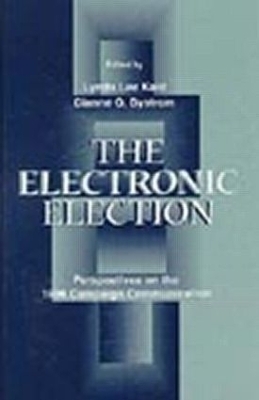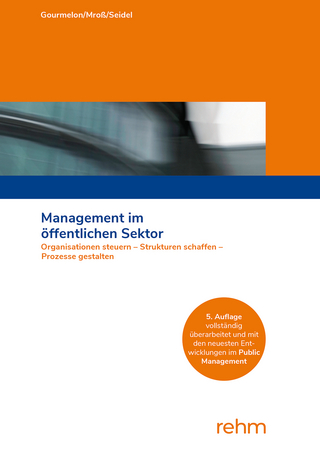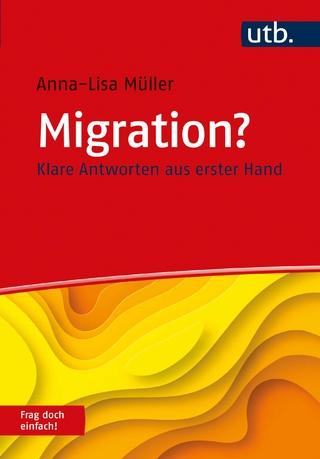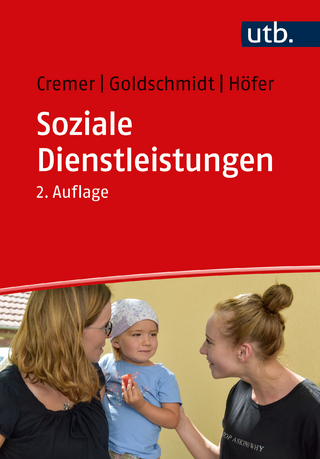
The Electronic Election
Routledge (Verlag)
978-0-8058-2780-4 (ISBN)
- Titel ist leider vergriffen;
keine Neuauflage - Artikel merken
In this volume, editors Kaid and Bystrom assembled a unique collection of research and analysis focused on the electronic communication in the context of the 1996 political campaign. The contributions included here represent both candidate-controlled communication, such as political advertising, convention appearances, and internet sites, as well as media communication through news and debates that are not under the control of the candidate. Part I, The Battle to Control Campaign Messages, focuses on the campaign messages transmitted to voters through the electronic media, and Part II, Messages From Candidates and Voters, contains discussions of the political advertising messages at the presidential level and in major statewide races. Among the significant research results included here are details on the role of women candidates and new perspectives on the antecedents of voter cynicism and the parts that various communication formats play in voter disengagement. Overall, this volume provides a rich variety of theoretical and methodological approaches to election communication and offers valuable insight into the communication interaction between voters, candidates, and the mass media in the 1996 campaigns. As such, The Electronic Election represents a thorough analysis of the current state of campaign communication for scholars and students in all areas of political study.
Contents: Acknowledgments. D.G. Bystrom, L.L. Kaid, Approaches to Studying the 1996 Campaign Communication: Multiple Locations and Multiple Methodologies. Part I: The Battle to Control Campaign Messages: Media Coverage and Use in the Campaign.S.R. Lichter, R.E. Noyes, L.L. Kaid, No News or Negative News: How the Networks Nixed the '96 Campaign. M.B. Hovind, The Melodramatic Imperative: Television's Model for Presidential Election Coverage. W.G. Christ, H.W. Haines, R. Huesca, Remember the Alamo: Late-Night Local Newscasts in San Antonio, Texas. J.C. Tedesco, J.L. Miller, J.A. Spiker, Presidential Campaigning on the Information Superhighway: An Exploration of Content and Form. K.L. DeRosa, J.C. Tedesco, Surveying the Spin: Interpretation of the 1996 Presidential Polls. D.G. Bystrom, L.M. McKinnon, C. Chaney, First Ladies and the Fourth Estate: Media Coverage of Hillary Clinton and Elizabeth Dole in the 1996 Presidential Campaign. K.L. DeRosa, D.G. Bystrom, The Voice of and for Women in the 1996 Presidential Campaign: Style and Substance of Convention Speeches. R.H. Gobetz, M. Chanslor, A Content Analysis of CNN "Inside Politics" Adwatch Coverage of High-Profile, Nonpresidential Races. C.S. Roper, David Versus Goliath: The '96 Senatorial Race Between Victor Morales and Phil Gramm. D.B. Carlin, Constructing the 1996 Debates: Determining the Settings, Formats, and Participants. G. Hodgkinson, C.M. Leland, Metaphors in the 1996 Presidential Debates: An Analysis of Themes. M.S. McKinney, E.R. Lamoureux, Citizen Response to the 1996 Presidential Debates: Focusing on the Focus Groups. J.B. Lemert, W. Wanta, T-T. Lee, Winning by Staying Ahead: 1996 Debate Performance Verdicts. L.M. McKinnon, J.C. Tedesco, The Influence of Medium and Media Commentary on Presidential Debate Effects. Part II: Messages From Candidates and Voters: Political Advertising in the Campaign.L.L. Kaid, J.C. Tedesco, Presidential Candidate Presentation: Videostyle in the 1996 Presidential Spots. R.J. Ballotti, Jr., Verbal Style in Presidential Advertising: Computer Analysis of the 1996 Campaign Spots. L.L. Kaid, J.C. Tedesco, Tracking Voter Reactions to the Television Advertising. L.L. Kaid, Y. Lin, G.A. Noggle, The Effects of Technological Distortions on Voter Reactions to Televised Political Advertising. J.D. Morris, M.S. Roberts, G.F. Baker, Emotional Responses of African American Voters to Ad Messages. R.H. Wicks, F.M. Schiede, S.A. Smith, The Construction of Political Meaning by Native Americans in the 1996 Election: The Case of the Cherokees and Keetoowahs. D.G. Bystrom, J.L. Miller, Gendered Communication Styles and Strategies in Campaign 1996: The Videostyles of Women and Men Candidates. A. Johnston, Political Advertising During the 1996 North Carolina Senate Race: The Helms and Gantt Rematch. Part III: Overall Perspective on the 1996 Campaign.J.A. Spiker, M.S. McKinney, Measuring Political Malaise in the 1996 Presidential Election. E.P. Bucy, P. D'Angelo, J.E. Newhagen, The Engaged Electorate: New Media Use as Political Participation. C. Holtz-Bacha, The American Presidential Election in International Perspective: Europeanization of the U.S. Electoral Advertising Through Free-Time Segments. L.L. Kaid, D.G. Bystrom, The Electronic Election in Perspective.
| Erscheint lt. Verlag | 13.12.1998 |
|---|---|
| Reihe/Serie | Routledge Communication Series |
| Verlagsort | New York |
| Sprache | englisch |
| Maße | 152 x 229 mm |
| Gewicht | 725 g |
| Themenwelt | Sozialwissenschaften ► Politik / Verwaltung ► Staat / Verwaltung |
| Wirtschaft ► Betriebswirtschaft / Management ► Wirtschaftsinformatik | |
| ISBN-10 | 0-8058-2780-3 / 0805827803 |
| ISBN-13 | 978-0-8058-2780-4 / 9780805827804 |
| Zustand | Neuware |
| Informationen gemäß Produktsicherheitsverordnung (GPSR) | |
| Haben Sie eine Frage zum Produkt? |
aus dem Bereich


